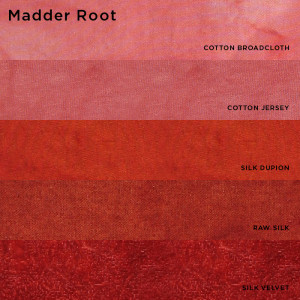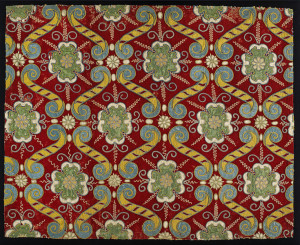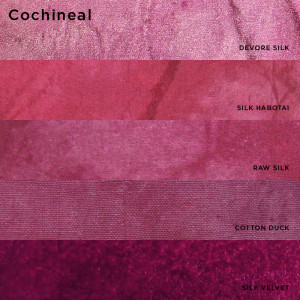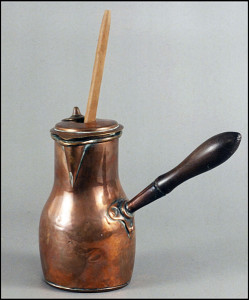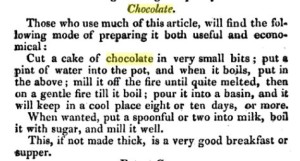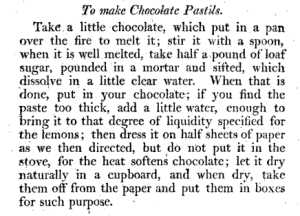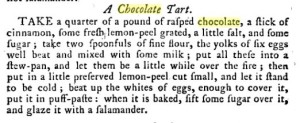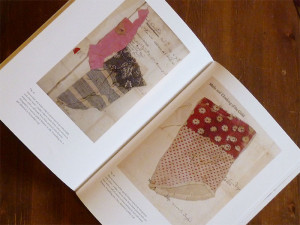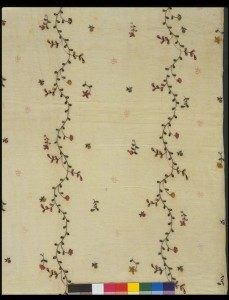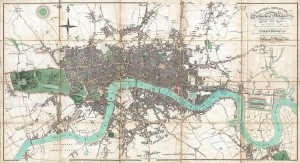Recently, an article about whether or not Mr. Darcy’s fortune was based on slavery set my Twitter feed alight. And I thought, well of course it was (in one form or another). This is the dark side of our wealthy, aristocratic characters that romance sweeps under the rug. It is certainly possible that the Darcy family fortune was based entirely on the profits of the mines in Derbyshire (harsh as those conditions might have been, they were NOT akin to slavery), but it’s much more likely that those profits were then put to use in ways that almost certainly have ties to slavery.
How so, let us tally up the ways …
1) Directly. Many families owned plantations in the West Indies (see this fascinating account of how the Earls of Harewood built their fortune on slavery, the products there of, and the overseeing of same).
2) Being paid off. When slavery was abolished in 1833, the British government spent a staggering amount of money to compensate the owners of slaves for their losses (good article about that here). Some families got the equivalent of millions of dollars. There were over three thousand claims, which lets you know how widespread slavery was and what its impact must have been on the fortunes of the top families.
3) Via investments. People invested in specific ships and ventures (sometimes called consortiums or syndicates). Many of those would have been involved in producing or importing some kind of product that was produced by slaves in either America, the West Indies, or India (sugar, rum, cotton, opium, tea, rice, etc.).
4) The East India Company. It’s worth noting that when Britain abolished slavery, supposedly throughout its empire, it made an exception for slavery in India. So all those fortunes made in India by younger sons, all those tea plantations, and cotton farms, and military careers, existed because of slavery (good summation on Wikipedia).
I’m sure Janet would have even more insightful things to say on this topic, but I wanted to bring it up for discussion given the timeliness of the article. I know romance is generally seen as escapist, and I don’t want to ruin that for anyone, but I do think it does history a disservice to gloss over these sorts of things to the point where they no longer seem to exist.
So what do you all think? Do you want to topics like this addressed in romances, or do you think it makes it too hard to enjoy the HEA and heavy topics are best left to those writing straight historical fiction?


